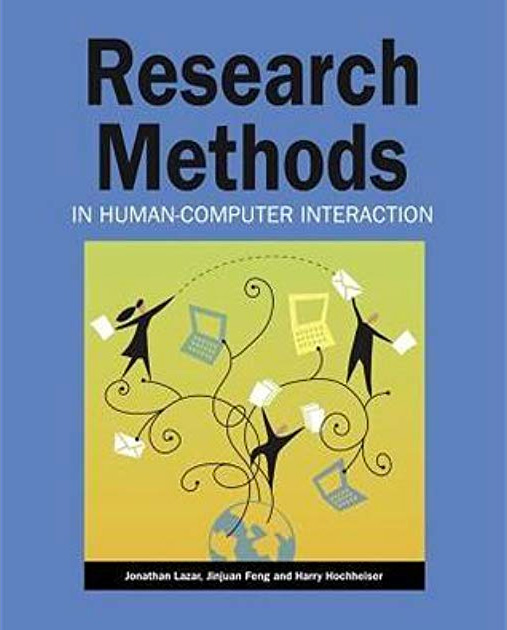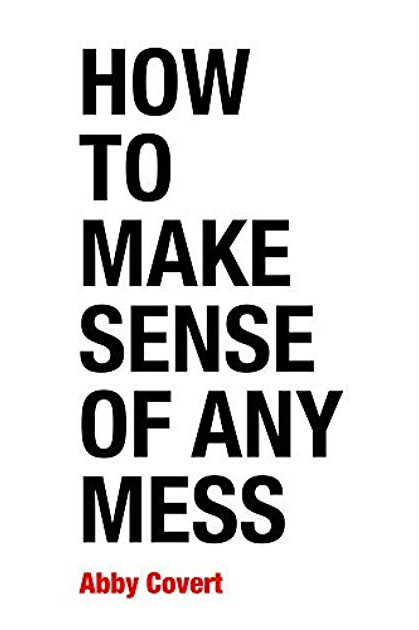Introduction
User research is invaluable, but in fast-paced environments, researchers often struggle with tight deadlines, limited resources, and the need to prove their impact. In our recent UX Insider webinar, Weidan Li, Senior UX Researcher at Seek, shared insights on Efficient Research—an approach that optimizes Speed, Quality, and Impact to maximize the return on investment (ROI) of understanding customers.
At the heart of this approach is the Efficient Research Framework, which balances these three critical factors:
- Speed – Conducting research quickly without sacrificing key insights.
- Quality – Ensuring rigor and reliability in findings.
- Impact – Making sure research leads to meaningful business and product changes.
Within this framework, Weidan outlined nine tactics that help UX researchers work more effectively. Let’s dive in.

1. Time Allocation: Invest in What Matters Most
Not all research requires the same level of depth. Efficient researchers prioritize their time by categorizing projects based on urgency and impact:
- High-stakes decisions (e.g., launching a new product) require deep research.
- Routine optimizations (e.g., tweaking UI elements) can rely on quick testing methods.
- Low-impact changes may not need research at all.
By allocating time wisely, researchers can avoid spending weeks on minor issues while ensuring critical decisions are well-informed.
2. Assistance of AI: Let Technology Handle the Heavy Lifting
AI is transforming UX research, enabling faster and more scalable insights. Weidan suggests using AI to:
- Automate data analysis – AI can quickly analyze survey responses, transcripts, and usability test results.
- Generate research summaries – Tools like ChatGPT can help synthesize findings into digestible insights.
- Speed up recruitment – AI-powered platforms can help find and screen participants efficiently.
While AI can’t replace human judgment, it can free up researchers to focus on higher-value tasks like interpreting results and influencing strategy.
3. Collaboration: Make Research a Team Sport
Research has a greater impact when it’s embedded into the product development process. Weidan emphasizes:
- Co-creating research plans with designers, PMs, and engineers to align on priorities.
- Involving stakeholders in synthesis sessions so insights don’t sit in a report.
- Encouraging non-researchers to run lightweight studies, such as A/B tests or quick usability checks.
When research is shared and collaborative, it leads to faster adoption of insights and stronger decision-making.
4. Prioritization: Focus on the Right Questions
With limited resources, researchers must choose their battles wisely. Weidan recommends using a prioritization framework to assess:
- Business impact – Will this research influence a high-stakes decision?
- User impact – Does it address a major pain point?
- Feasibility – Can we conduct this research quickly and effectively?
By filtering out low-priority projects, researchers can avoid research for research’s sake and focus on what truly drives change.
5. Depth of Understanding: Go Beyond Surface-Level Insights
Speed is important, but efficient research isn’t about cutting corners. Weidan stresses that even quick studies should provide a deep understanding of users by:
- Asking why, not just what – Observing behavior is useful, but uncovering motivations is key.
- Using triangulation – Combining methods (e.g., usability tests + surveys) to validate findings.
- Revisiting past research – Leveraging existing insights instead of starting from scratch.
Balancing speed with depth ensures research is not just fast, but meaningful.
6. Anticipation: Stay Ahead of Research Needs
Proactive researchers don’t wait for stakeholders to request studies—they anticipate needs and set up research ahead of time. This means:
- Building a research roadmap that aligns with upcoming product decisions.
- Running continuous discovery research so teams have a backlog of insights to pull from.
- Creating self-serve research repositories where teams can find relevant past studies.
By anticipating research needs, UX teams can reduce last-minute requests and deliver insights exactly when they’re needed.
7. Justification of Methodology: Explain Why Your Approach Works
Stakeholders may question research methods, especially when they seem time-consuming or expensive. Weidan highlights the importance of educating teams on why specific methods are used:
- Clearly explain why qualitative research is needed when stakeholders push for just numbers.
- Show real-world examples of how past research has led to business success.
- Provide a trade-off analysis (e.g., “This method is faster but provides less depth”) to help teams make informed choices.
A well-justified approach ensures research is respected and acted upon.
8. Individual Engagement: Tailor Research Communication to Your Audience
Not all stakeholders consume research the same way. Weidan recommends adapting insights to fit different audiences:
- Executives – Focus on high-level impact and key takeaways.
- Product teams – Provide actionable recommendations tied to specific features.
- Designers & Engineers – Share usability findings with video clips or screenshots.
By delivering insights in the right format, researchers increase the likelihood of stakeholder buy-in and action.
9. Business Actions: Ensure Research Leads to Real Change
The ultimate goal of research is not just understanding users—but driving business decisions. To ensure research leads to action:
- Follow up on implementation – Track whether teams apply the insights.
- Tie findings to key metrics – Show how research affects conversion rates, retention, or engagement.
- Advocate for iterative research – Encourage teams to re-test and refine based on new data.
Research is most valuable when it translates into real business outcomes.
Final Thoughts: Research That Moves the Needle
Efficient research is not just about doing more, faster—it’s about balancing speed, quality, and impact to maximize its influence. Weidan’s nine tactics help UX researchers work smarter by:
✔️ Prioritizing high-impact work
✔️ Leveraging AI and collaboration
✔️ Communicating research in a way that drives action
By adopting these strategies, UX teams can ensure their research is not just insightful, but transformational.












